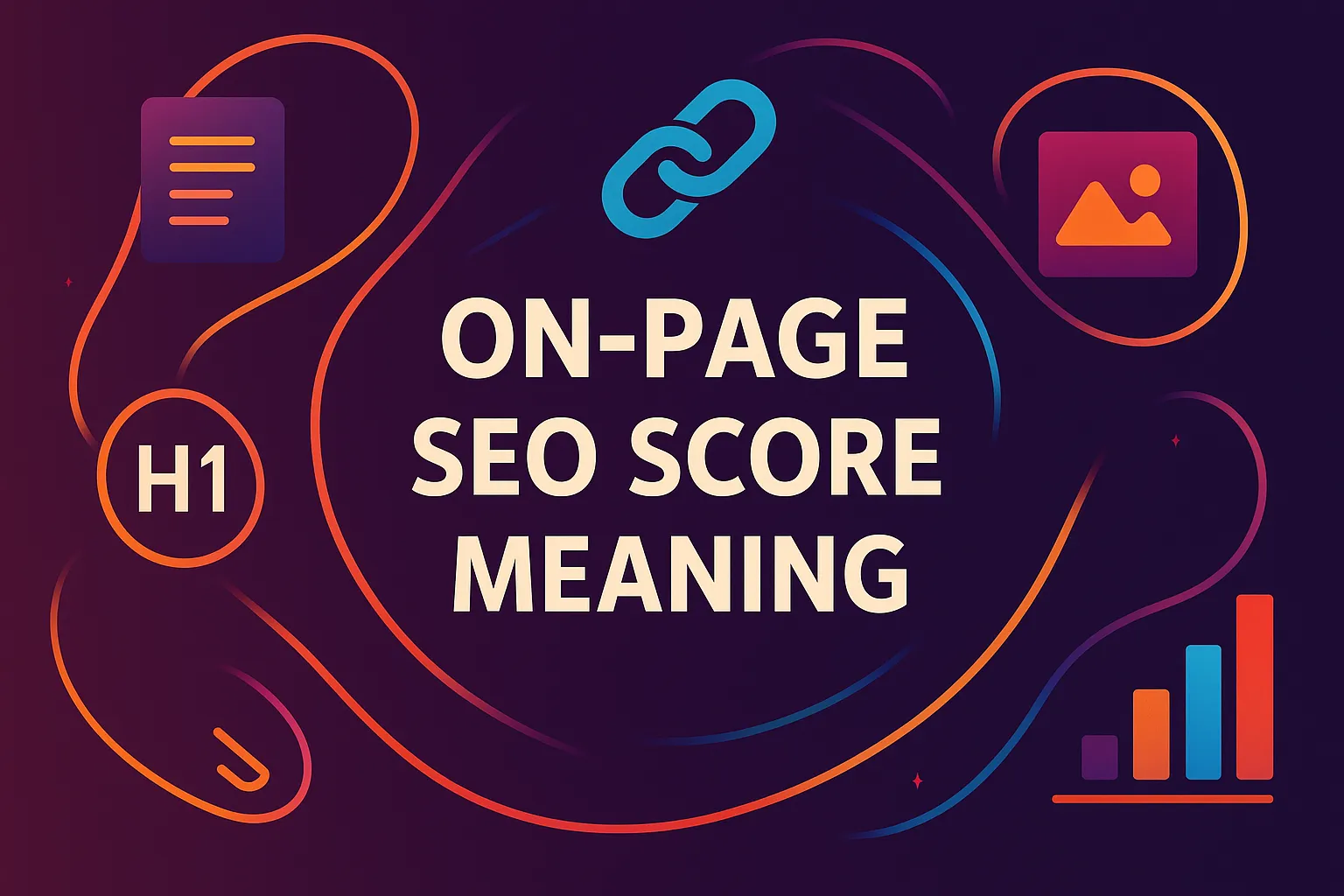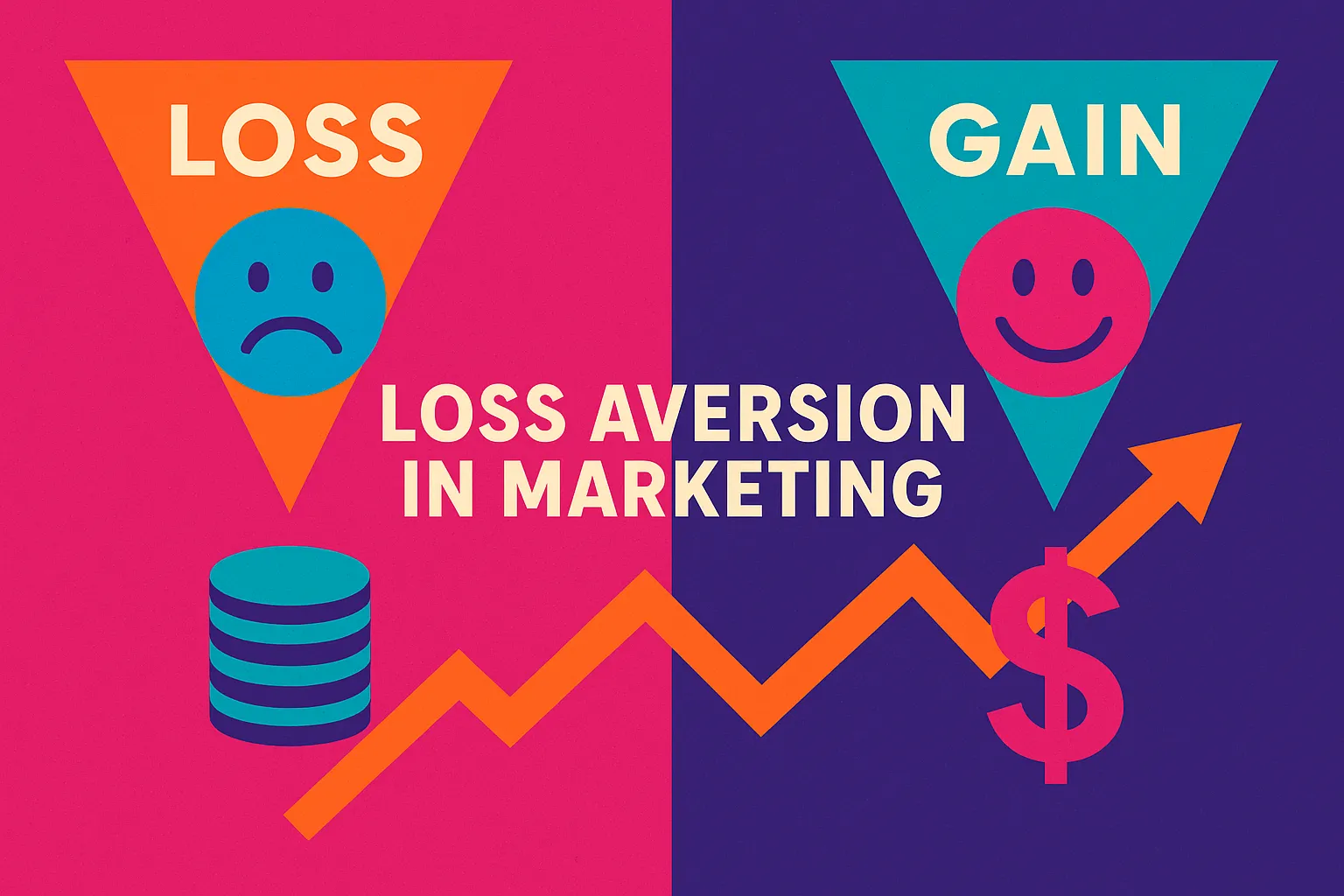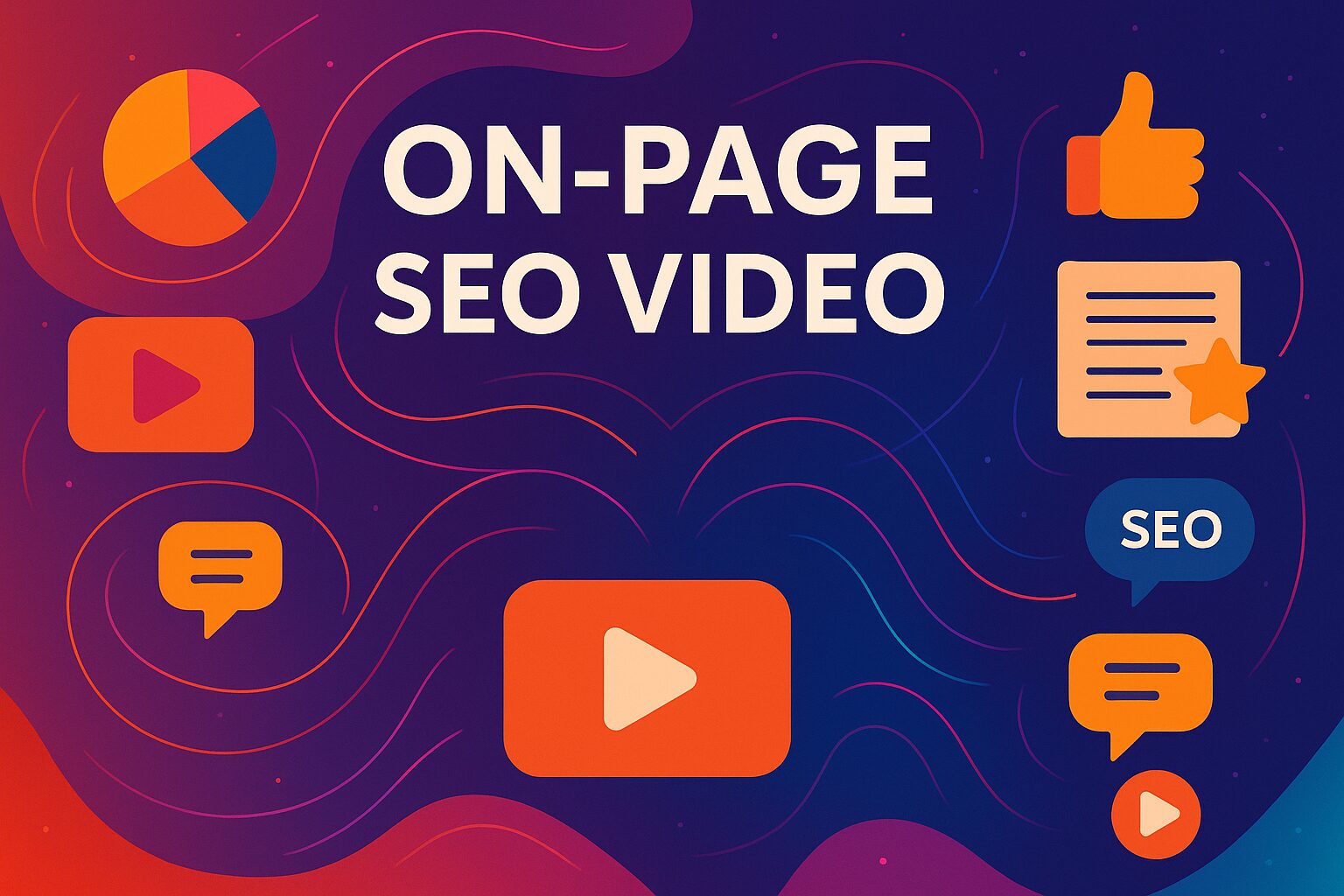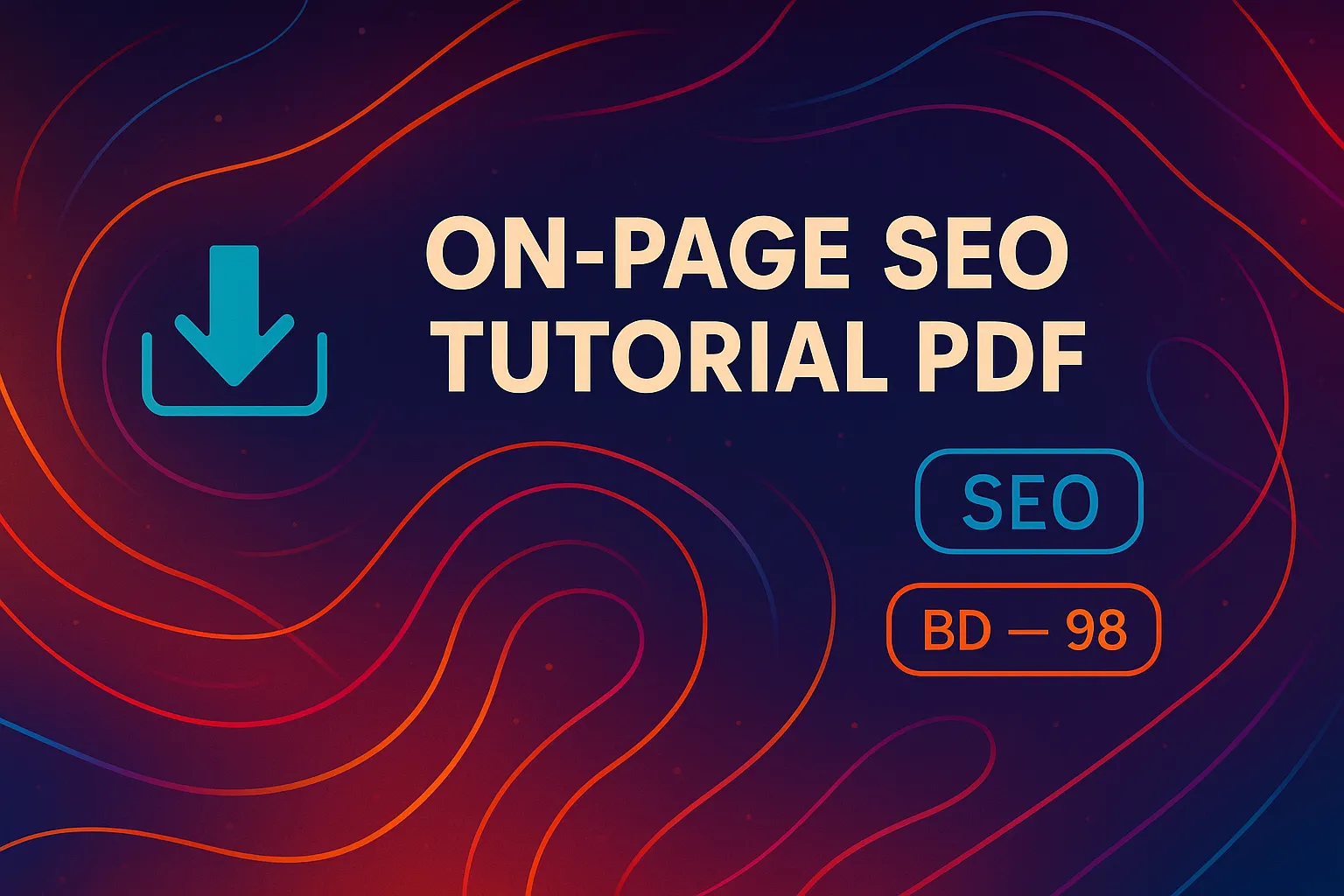What Does “On Page SEO Score Meaning” Actually Mean?
If you’ve ever run your site through an SEO checker, you’ve likely seen a number pop up—maybe 85, maybe 63, or maybe a scary 47. But what does that number actually mean?
In the most basic terms, your on-page SEO score is a snapshot of how well a single webpage is optimized to rank on Google. It’s a measurable way to know if your page is doing all the right things: using keywords properly, loading fast, being mobile-friendly, and giving readers what they want.
At Vibe Branding, we’ve spent over a decade helping brands grow online, and this metric is one of the first things we evaluate when auditing a new client site. It gives us a concrete place to start—a roadmap to better rankings.
TL;DR: What You’ll Learn in This Guide
- The true meaning behind your on-page SEO score and why it matters.
- The real difference between a domain score and an on-page SEO score.
- How to calculate your score and what tools can help.
- Key SEO factors that impact your score, and how to improve each one.
- Why aiming for a perfect score doesn’t guarantee rankings.
- How often you should audit your on-page SEO score.
Why Your On-Page SEO Score Is a Big Deal
Years ago, we worked with a health and wellness brand that had beautiful pages but wasn’t getting traffic. Their bounce rates were high, and conversions were flatlining.
Once we reviewed their on-page SEO score, the issues became clear: missing title tags, slow load times, and duplicate meta descriptions. Fixing those problems didn’t just improve the score; it completely shifted their visibility.
That score isn’t just a vanity number. It reflects how Google and other search engines perceive your page.
A good on-page SEO score means your content is more likely to show up in search results. A poor one?
It could mean you’re buried beneath competitors, no matter how amazing your product or service is. Search engines favor pages that are not only informative but well-structured and technically clean.
Your score helps reveal the gap between what you think your page is doing and how it actually performs. That’s why it’s a core part of every optimization strategy we deliver at Vibe Branding.

Understanding the Math: How Is the On-Page SEO Score Calculated?
Different tools have different algorithms, but the core concept is the same: the score evaluates a mix of content quality, technical health, and keyword relevance. Tools like Outranking and DataForSEO use weighted formulas to subtract penalties for each detected issue.
For example, missing alt text on images might subtract a few points. A slow load time might dock even more.
Here’s a simple representation:
Factor | Weight in Score | Impact |
Title tag optimization | High | +10 |
Meta description quality | Medium | +5 |
Internal linking | Medium | +5 |
Mobile responsiveness | High | +10 |
Page speed | High | +10 |
Duplicate content | Critical | -10 |
Missing H1 tag | Medium | -5 |
Scores are generally ranked on a 0 to 100 scale, and we recommend targeting 75 or higher. That range typically indicates a well-optimized page that is ready to compete in search results.
Core Factors That Influence Your On-Page SEO Score
From my experience managing hundreds of campaigns over the last 10 years, these are the most critical factors that consistently move the needle: First, your title tags need to be on point.
Include your target keyword close to the beginning, keep it under 60 characters, and make it clickable. A weak or missing title tag can drop your score by double digits.
Next up: your meta description. While it doesn’t directly affect rankings, it influences click-through rates—which indirectly does.
Make it relevant, enticing, and within 150–180 characters. Your headings structure also matters.
Using proper H1s, H2s, and H3s tells Google what your content is about. I always recommend mapping your content structure before writing to make sure it flows.
Don’t overlook content quality. This goes beyond keywords.
Are you offering something original? Are you answering user intent?
Google is getting smarter with NLP (natural language processing), and thin content is a quick way to tank your score. Finally, page speed and mobile usability.
Use tools like Google PageSpeed Insights or GTmetrix. One client saw a 20-point score jump just by optimizing their image sizes and enabling browser caching.
So What Is a “Good” On-Page SEO Score, Really?
This is a question I get asked all the time. In our audits, we consider anything above 75 to be strong.
Scores in the 85–95 range often mean you’re only a few tweaks away from maximum visibility. Hitting a perfect 100 is possible, but not necessary—and not always realistic.
Sometimes obsessing over perfection can lead to unnecessary changes that don’t provide real value to users. Instead, focus on competitive benchmarking.
If your top competitors have scores in the 80s, aim to beat that, not to chase a mythical perfect. Remember: a good score reflects balance.
Technical health, content depth, mobile readiness, and user experience all working in harmony. That’s what search engines care about—and so should you.

How to Check Your On-Page SEO Score Using Free or Paid Tools
There are dozens of SEO tools out there, but I recommend a few that have stood the test of time with our clients. Outranking is our go-to for AI-assisted scoring.
It compares your content to live SERP competitors and gives you real-time suggestions. Frase.io is fantastic for content writers.
It helps ensure your topics and keywords align with top-performing pages. SEMrush and Ahrefs offer complete SEO site audits, with scoring broken down by on-page elements.
If you want a broader look at your domain and individual pages, they’re gold. If budget is a concern, try Google PageSpeed Insights and Grammarly.
While they won’t give a complete SEO score, they help with readability and speed—two key ranking factors. One tip: don’t rely on just one tool.
Each has its strengths and blind spots. At Vibe Branding, we cross-check with at least three platforms before finalizing our SEO action plans.
Practical Ways to Improve a Low On-Page SEO Score
I remember auditing a local law firm’s site that was sitting at 48. After implementing some fundamental updates, they jumped to 84 in two weeks—and saw a 30% increase in organic traffic.
Here’s what we did: First, we rewrote their title tags and meta descriptions for clarity and keyword relevance.
Then we tackled headings to fix a messy H1/H2 structure. Next, we expanded thin service pages into fully developed landing pages with FAQs, testimonials, and clear CTAs.
We also compressed images, reduced plugin bloat, and moved them to a faster hosting plan. Finally, we made sure their site passed mobile usability tests with responsive design.
These changes weren’t rocket science, but they were deliberate. Each fix added a few points. Together, they transformed not just the score, but the entire lead pipeline.
If your score is low, start small. Pick one or two sections of your site to clean up.
Use a scoring tool to retest. Improvement is a game of iteration, not guesswork.
Does a Perfect Score Guarantee Higher Rankings?
This might surprise you, but the answer is no. Scoring 100 on every on-page SEO tool won’t automatically rocket your site to the top of Google.
I’ve seen perfectly optimized pages underperform simply because they didn’t match the user’s search intent or lacked authority signals like backlinks. Your on-page SEO score is a health check—not a final verdict.
Think of it like getting an A+ on an essay that no one reads. Google ranks based on a wide range of signals, including content freshness, bounce rate, backlinks, and engagement.
So while a high score sets you up for success, it’s not the whole story. Instead of obsessing over perfection, focus on aligning your content with what searchers actually need.
Add value, speak clearly, and back your expertise with credible data. That’s what drives results long-term.

Common Mistakes That Drag Your On-Page SEO Score Down
We’ve seen these errors across every industry, from ecommerce to B2B tech. First, one of the biggest is keyword stuffing.
Cramming your keyword into every sentence doesn’t help—it confuses search engines and annoys readers. Second, duplicate content will wreck your score.
This includes copying from other pages on your own site. It dilutes authority and makes it harder for Google to know which page to rank. Third, missing metadata like title tags or meta descriptions.
These are low-hanging fruit that instantly cost you 5 to 10 points. Fourth, poor mobile optimization.
With over half of traffic coming from mobile devices, Google punishes slow, clunky mobile sites. Finally, thin content with no unique value.
If your page doesn’t offer something useful or new, it won’t be rewarded—even if the technicals are perfect.
How Often Should You Audit Your On-Page SEO Score?
At Vibe Branding, we do SEO audits quarterly for our clients. That’s often enough to catch errors but not so frequent that it drains resources.
However, if you recently launched a new service page or blog post, check it right away. The first few weeks of indexing matter most.
We also recommend checking your score:
- After major Google algorithm updates.
- When traffic suddenly drops.
- Before launching a paid campaign.
- When migrating or redesigning your site.
SEO is not a set-it-and-forget-it process. It’s an ongoing evolution.
The more proactive you are, the less risk you carry, and the more traffic you gain.
Conclusion: Why Understanding On Page SEO Score Meaning Gives You an Edge
We’ve spent over 10 years helping businesses build their online presence, and if there’s one thing we’ve learned, it’s that visibility starts with clarity. Knowing your on page SEO score meaning gives you the ability to fix problems before they affect your bottom line.
This score isn’t about impressing a bot—it’s about building better content, stronger pages, and a more user-friendly experience. When you understand how the score is built and how to improve it, you’re no longer guessing at what works.
You’re making smart, data-backed decisions. Whether you’re a small startup or a growing brand, improving your on-page SEO score is one of the simplest, most cost-effective ways to drive organic traffic.
Don’t just chase rankings. Build authority.
Deliver value. And make every page count.





